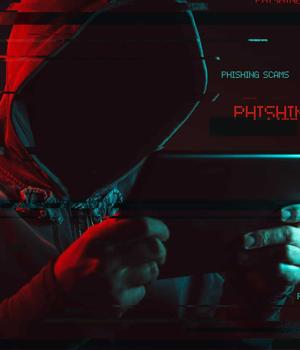Security News > 2006 > August > Hacking The Dead Cow

http://www.internetnews.com/security/article.php/3625351 By Sean Michael Kerner August 9, 2006 In the annals of computer "(in)security," few groups are as well known as the Cult of the Dead Cow (cDc). They are now adding a new chapter to their infamous history with the release of a new malware search engine that enables researchers to analyze over 31,000 "hostile" files. It's all part of an effort the cDc calls "offensive computing." Originally founded in 1984, cDc and its members are well known for a number of their efforts over the past 22 years. Perhaps most notably is their Back Orifice application, which debuted in 1998 as a network backdoor that enabled full remote control of a system, including process, passwords and file system (essentially a first-generation Trojan). Back Orifice was updated in 2000 as B02K and is currently maintained as an open source project on the SourceForge.net code repository. In cDc's new offensive computing strategy, the group is turning its skills toward hacking malware. Part of the effort is the malware search engine, which is geared toward increasing the knowledge around malware to better improve detection and removal. There is also a relationship between the Malware search effort and that hatched last month by H.D. Moore of Metasploit fame; it uses Google to find malicious code. "We use Google from time to time, and we worked with H.D. Moore on his Google malware search project," Val Smith a cDc member and part of the offensive computing effort, told internetnews.com. "We provided him signatures to search on)." Smith explained that his group has written some code to do auto analysis of malware. "People upload it directly to the site, or provide me with archives over e-mail, and then we load it into our auto analyzer," Smith said. "Once the analysis is done, that data gets put into the database which people can search. We have large collections of malware sitting around waiting to be bulk processed." Access to the offensive computing malware search requires user registration, though only a valid e-mail address is required for the registration. While most of the major AV vendors, including McAfee, Symantec, Panda Labs, Sophos and others, provide online libraries of vulnerabilities, there are a few things that offensive computing provides that the commercial vendors do not. For one, offensive computing provides downloadable samples of the malware in question. It also includes a clear warning to users: "This site contains samples of live malware. Use at your own risk." Offensive computing also claims that the analysis is done in an open manner that yields reproducible results. The results also detail multiple checksums md5,sha1,sha256, which should help to further improve identification. Smith's hope is that his group's effort will challenge the security community to get more involved in publicly fighting the problem of malware. "This problem is growing too fast and complex for the traditional methods to defend against it," Smith said. "We need to unite resources and knowledge in order to protect our systems. We have a lot of respect for several AV companies, but it's time to do more." _________________________________ Visit the InfoSec News store! http://www.shopinfosecnews.org